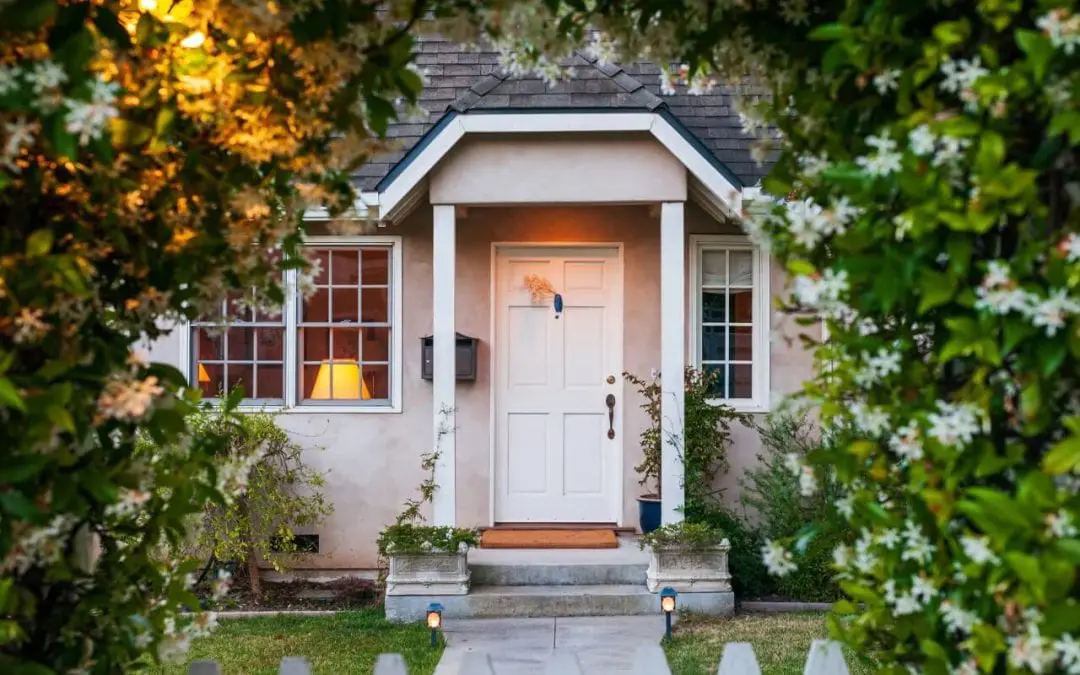When you’re looking for a home, you may find yourself interested in some older properties. Depending on your market, a brand new house could be more expensive than an older home with the same square footage. Let’s look at some of the pros and cons of buying an older home.
Reasons to Consider Buying an Older House
Old Homes Have Character
Unlike modern homes in new neighborhoods, older homes have more personality and character. You’ll notice features in older homes are more unique. Real stone fireplaces, hardwood flooring, arched doorways, and ornate antique hardware are only some of the design components you may find in an older home.
Well-Built Properties
Some homes today are constructed with builder-grade materials, a less expensive, lower-quality version of common building materials. These types of cabinets, countertops, doors, and flooring may begin to show wear after only a few years. Floors may become scratched more easily and countertops and cabinets flake or chip.
Older homes were often built with better materials and more focus was put on customization and features. Cabinets and flooring are real wood, as opposed to laminate alternatives. The home may be stone or real brick, instead of a less expensive façade. Older homes were also better designed to handle the climate where they were constructed.
You May Get More Land When Buying an Older Home
In the past, it was more common for a home to include land for gardening or for children to play in the yard. Many newer neighborhoods don’t have land to spare and houses are built closer together on smaller lots. Some communities may have amenities like green space or a park, but acreage is becoming less common with a home purchase.
Older homes are more likely to include a parcel of land with the purchase. You may find a home with a large front yard or plenty of room to build a backyard deck. If you enjoy gardening and spacious outdoor areas, purchasing an older home may be the right choice.
Lower Asking Price
Compared to new homes with the same square footage, an older home will often be less expensive. Many homebuyers prefer newer homes so a seller can ask for a higher price.
Disadvantages of Buying an Older Home
Possible Underground Fuel Tank
One concern when purchasing an older home is the possibility of an underground fuel storage tank. Until about the mid-1980s, it was common practice to store heating fuel underground. These tanks were made of steel which can corrode and leak fuel oil into the ground.
Most fuel tanks today are above ground so the condition of the container can be monitored and dangerous environmental hazards are reduced. When purchasing an older home, ask if the underground fuel tank has been properly decommissioned.
Less Energy Efficient
Because newer insulation is more efficient and modern doors and windows are designed with energy-efficiency in mind, an older home will be more expensive to heat and cool. There may be gaps and cracks around windows and doors and insulation may have settled and become less effective. If you purchase an older home, set aside some money to boost its energy efficiency.
Electrical Concerns with Buying an Older Home
Depending on the age of the home, the electrical system may be a concern. Homes built between the 1960s and mid-70s may have aluminum wiring due to a copper shortage during that time period. Aluminum expands more when heated. Over time this leads to loose connections and exposed wires that then oxidize and corrode. Aluminum wiring is a fire hazard and some homeowners insurance companies won’t insure a property until the wiring is replaced.
Lead Paint
Any home that was built before the mid-1970s may contain lead-based paint. Lead is toxic, especially if inhaled or ingested, and lead paint was banned for use in homes in 1978. It is possible that lead paint was used in the property but does not pose a problem because it is in good condition. Unless it’s flaking or damaged, as may happen during renovations, lead paint is not considered a hazard. If you are interested in an older home, have it tested for lead-based paint.
Professional Inspection Network provides home inspection services to customers in Southern California. Contact us to request an appointment.

